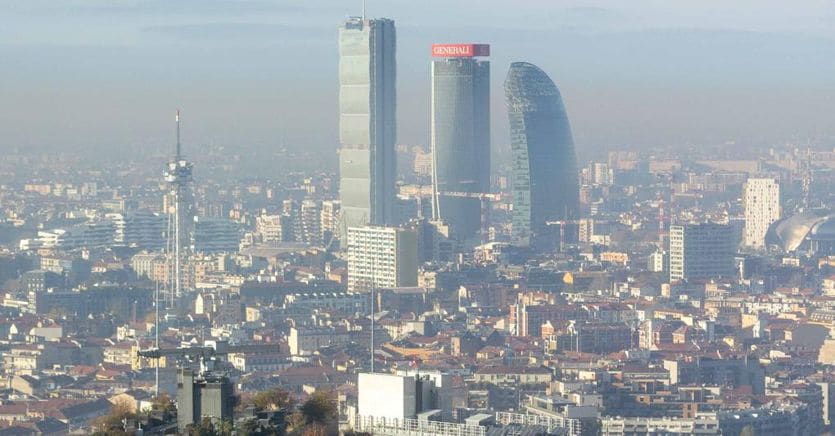«The results published in Epidemiologia&Prevenzione allow us to define a real map of pollution and its effects, neighborhood by neighborhood and reveal, for the first time, that nitrogen dioxide and fine particles have death rates per 100,000 inhabitants that can reach up to 60% more in some areas of the Milanese suburbs compared to the city centre”, declares Sergio Harari, co-president of the congress, of the Respiratory Diseases division and Internal Medicine division of the San Giuseppe MultiMedica Hospital and of the University of Milan.
The London model
And experts study the London model. The British capital has decided to extend the ban on the circulation of the most polluting vehicles to the entire metropolitan area. And as demonstrated by a review published in the journal Lancet Public Health by Imperial College London, what “saves” the central areas are the limited traffic zones, which play a very important role in reducing pollutants and deleterious effects on health. The review reviewed 16 studies conducted on ZTLs in Germany, Japan and the United Kingdom, which demonstrated a clear reduction in problems affecting the cardiovascular system, with fewer cases of hypertension, hospitalizations, deaths from heart attacks and strokes. In particular, a German study on hospital data from 69 cities with restricted traffic zones found a 2-3% drop in heart problems and a 7-12% drop in strokes, with benefits (especially for the elderly) that led to a saving of 4 .4 billion euros for healthcare. Several studies have also highlighted beneficial effects for the respiratory system, although the data seems less consistent.
The other European models
Like London, there are many European cities that are experimenting with new urban models to reduce smog, noise and the “heat island” effect, as reported by a study published in Environment International. The review starts from the city of Barcelona, which by virtue of its grid road network has developed a model of superblocks, i.e. large blocks whose perimeter can be crossed by cars, while the area inside is returned to residents, pedestrians and cyclists. According to an estimate by the Institute for Global Health at Pompeu Fabra University, this model implemented across the entire city could avoid almost 700 deaths per year, especially thanks to the reduction of smog.
In Paris you experience “the city of 15 minutes”, where work, school, shops, entertainment, culture, leisure and other activities can be reached in 15 minutes on foot or by bicycle from home. Evaluations of the health effects have not yet been carried out, but significant physical and mental benefits are expected due to the increase in physical activity (due to greater walking and cycling) and the greater presence of green spaces. A reduction in motorized traffic could also lead to a reduction in air pollution, noise and CO2 emissions.
Finally, car-free cities and neighborhoods are making their way, which only allow the circulation of public transport, pedestrians and cyclists. Hamburg, which plans to eliminate cars by 2034, is inspired by this model.
